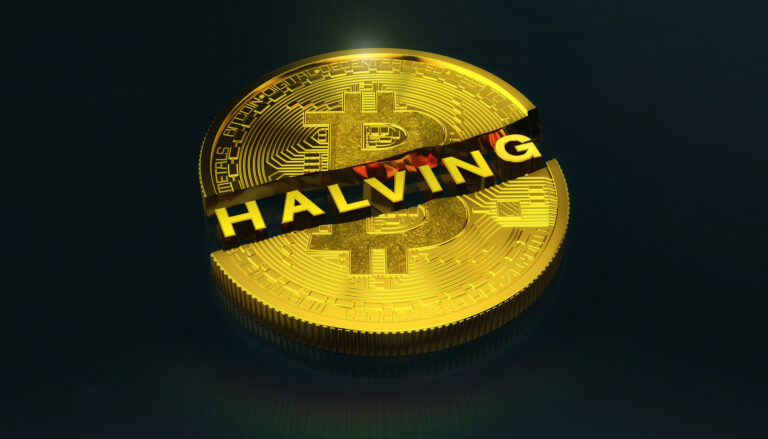A summarizing review of what has been happening at the crypto markets. A look at trending sectors, liquidity, volatility, spreads and more. The weekly report in cooperation with market data provider Kaiko.
The much-anticipated fourth Bitcoin halving went live on April 19. While Bitcoin (BTC) ended the week flat, transaction fees experienced strong volatility following the launch of Runes, a protocol for issuing fungible tokens on Bitcoin. This week we explore:
- The market impact of the Bitcoin halving
- Uniswap trade volumes post-fee increase
- Rising offshore competition
The Bitcoin halving is here
Bitcoin’s highly-anticipated fourth halving went live on Friday, and up to this point, it has slightly outperformed all of its previous halvings, up just over 3% since then. Overall, the short-term impact of the halving has been mixed in the past, while the long-run impact has been bullish — although the sample size isn't large enough to be conclusive.
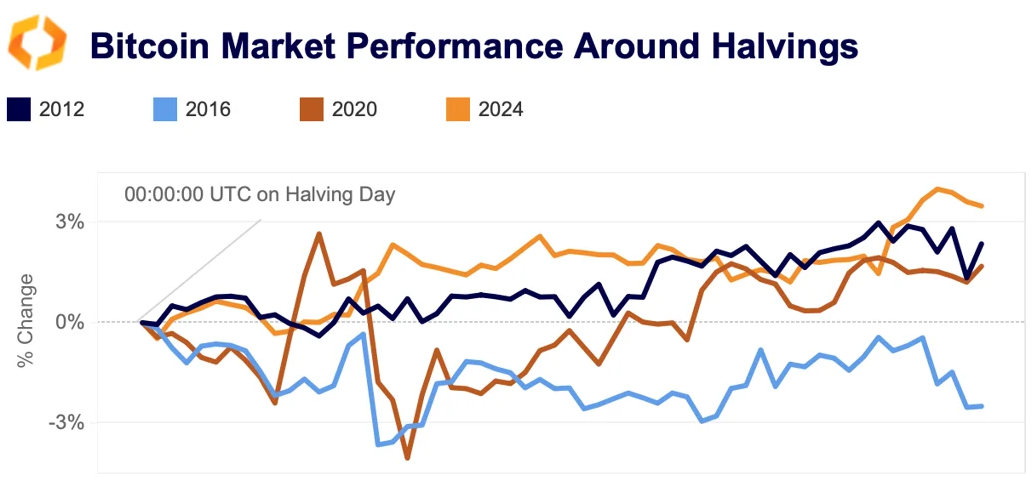
While the market impact has been relatively modest so far, there was a spike in volatility in another area over the weekend — transaction fees. The average network fee on Bitcoin surged on Saturday, reaching an all-time high of $146. This was significantly higher than Ethereum's average fee of $3 on the day. The historic surge in Bitcoin fees was perhaps the most significant development over the weekend, catching many market participants by surprise, despite warning signs.
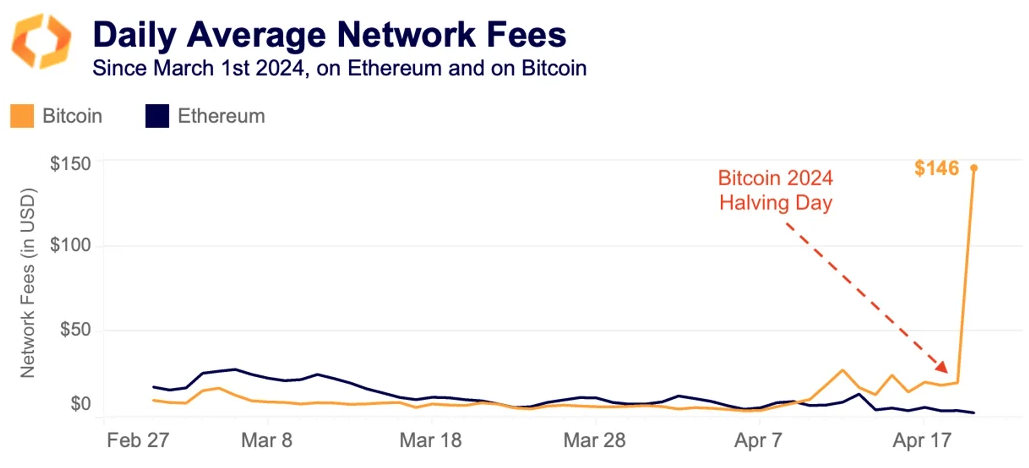
An increase in fees was anticipated after Ordinals creator Casey Rodamor announced plans to launch of Runes, a protocol which makes it easier to issue fungible tokens on Bitcoin. Ordinals allowed node operators to inscribe data and images on newly created Bitcoin blocks. These so-called “inscriptions” were similar to NFTs and increased the demand for block space on Bitcoin and boosted the fees earned by miners.
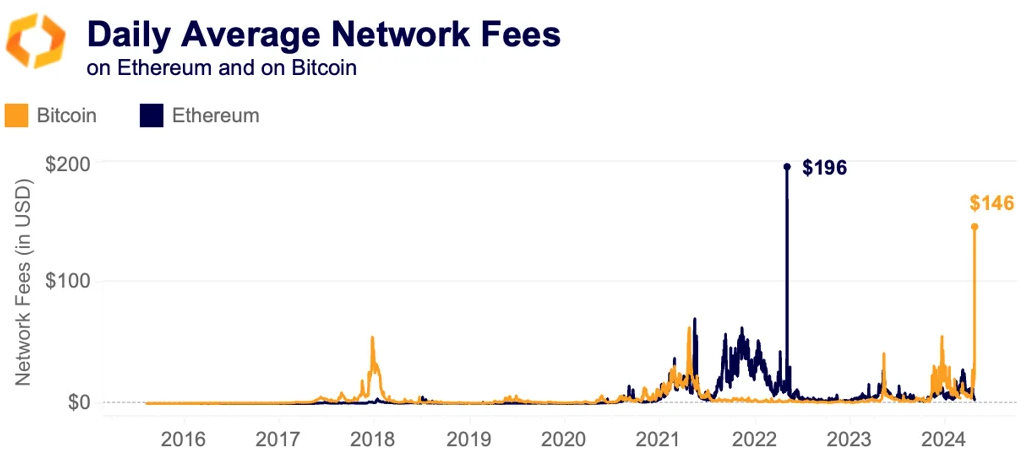
The Runes launch appears to have played out in similar fashion, if not more significant, as transaction fees experienced significant volatility over the weekend. The protocol launch likely played a role in higher transaction fees as it increased demand for block space.
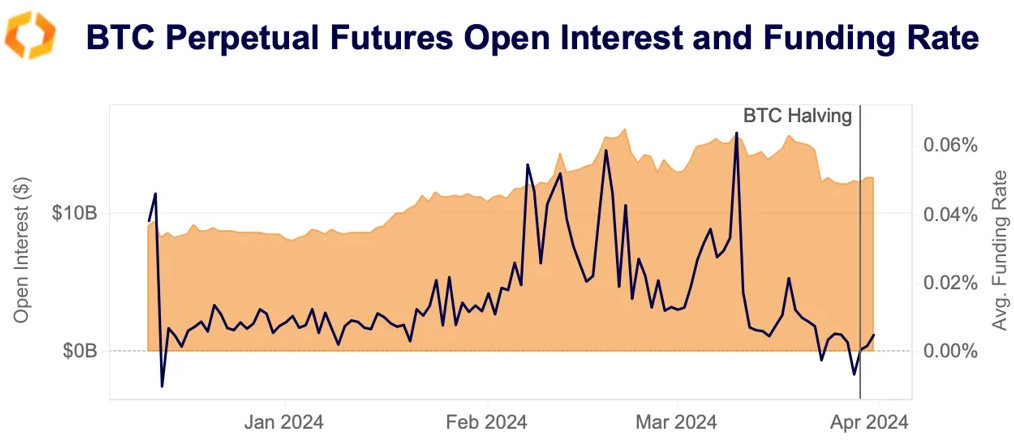
Funding rates for BTC perps remained close to neutral despite briefly flipping negative in the lead up to the halving. Negative rates mean short sellers are paying longs to maintain their positions. Overall, open interest remains elevated above $10 billion, even though it has retreated from a record high in USD terms in March.
Analyzing Uniswap fees
Uniswap Labs increased the fee it charges for trades made through its interface by 10 basis points to 0.25% in April. For the most part the fee hike has had a negative impact on volumes so far.

Volumes fell across all pools since the announcement, except for its lowest fee tier, which charges 0.01%. This pools volume increased by nearly 150% on April 17. The developer behind decentralized exchange, announced on April 10 that it received a Wells notice from the US Securities and Exchange Commission (SEC). The latest action brought by the regulator against crypto firms as it looks to clamp down on the industry.
Competition for offshore markets heats up

Over the past year, offshore markets have become less concentrated, with smaller exchanges gaining momentum as trade volumes recovered. This trend was particularly noticeable in Bitcoin markets, where Binance has faced increased competition following the removal of its large-scale Bitcoin zero-fee promotion last year.
Binance's BTC market share currently stands at approximately 55%, down from over 80% a year ago. Bybit, which launched its spot trading platform in 2022, saw the strongest increase in market share this year, growing from 2% to 9.3%. OKX's market share also jumped to 7.3% from 3% a year ago. Bullish, MEXC, and Bithumb also saw significant increases.
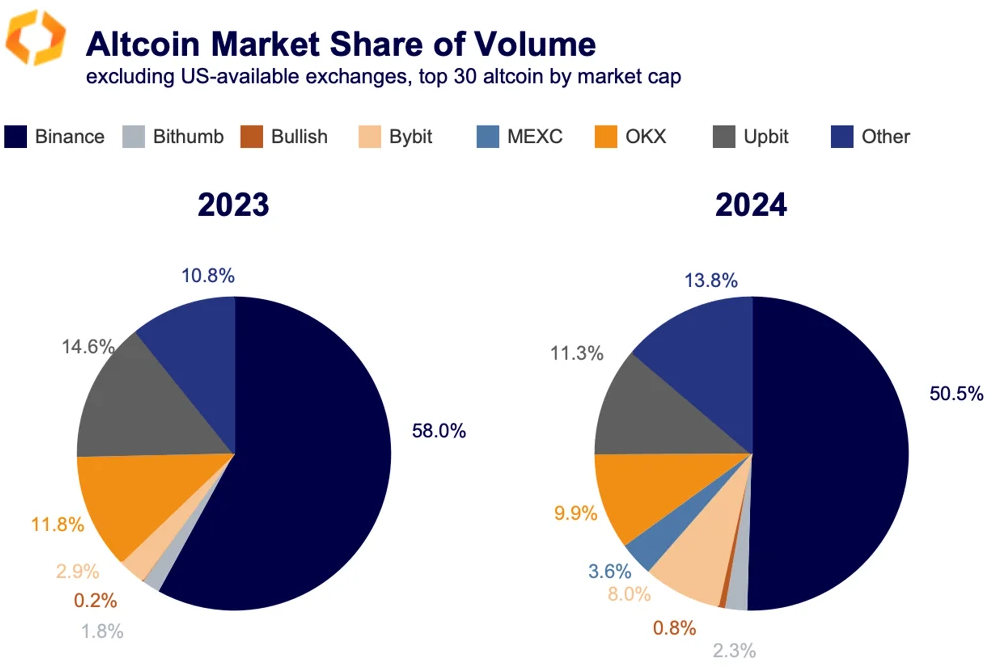
A similar, albeit less pronounced, trend is observed in the altcoin markets, where Binance’s share of the top 30 altcoins has decreased from 58% to 50%. Bybit was again among the main winners, with its market share increasing from 3% to 8%.
Bitcoin fails to attract safe-haven flows
The recent escalation of conflict in the Middle East has led to an increased demand for safe-haven assets. However, Bitcoin has not benefited from this trend, with its value dropping by 6% in April, while gold and the US Dollar have rallied.
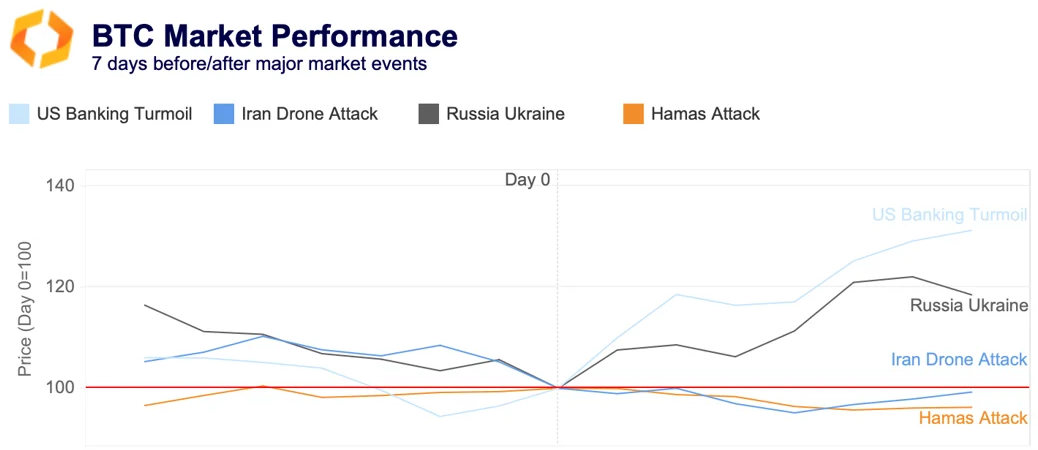
One possible reason for this could be the Bitcoin halving, which has historically led to increased volatility in the short term. However, there are many other factors at play, as evidenced by Bitcoin's performance following other major market events. For example, Bitcoin surged after the US banking crisis and Russia's invasion of Ukraine but remained mostly unchanged after the Hamas attack on Israel.
It's important to note that Bitcoin's performance varies significantly relative to different fiat currencies, and its appeal as a safe-haven asset differs between countries. Historically, currency devaluation has been a significant driver of crypto adoption.
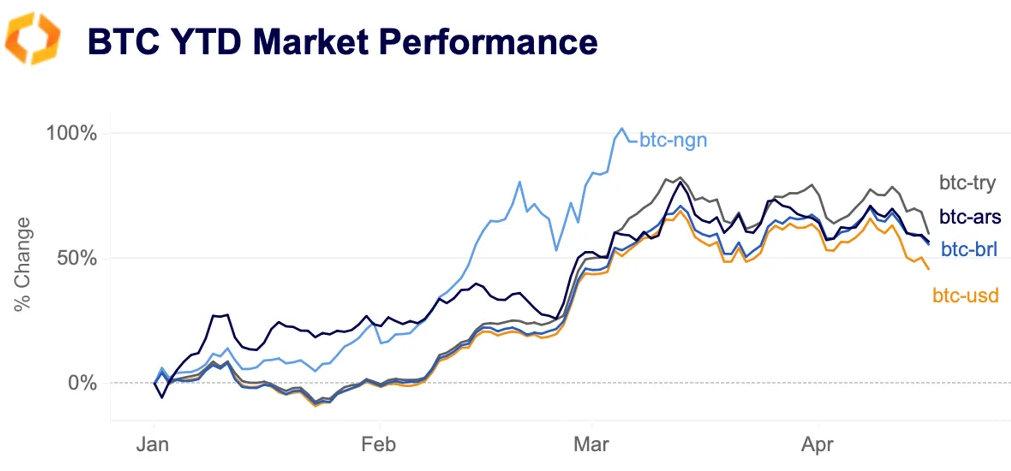
This year, BTC has surged between 60% and 100% against some of the world's worst-performing fiat currencies, such as the Turkish Lira (TRY), Argentinian Peso (ARS), and Nigerian Naira (NGN), compared to a 46% rise against the US Dollar. Escalating geopolitical tensions, rising energy prices, and diverging monetary policies could potentially boost FX volatility in the coming months. This could increase demand for Bitcoin in emerging markets and provide support for its price.

